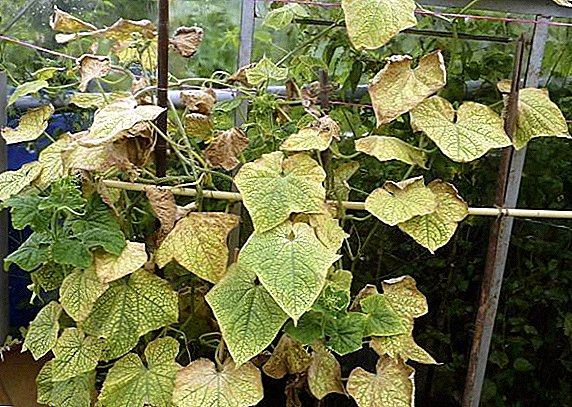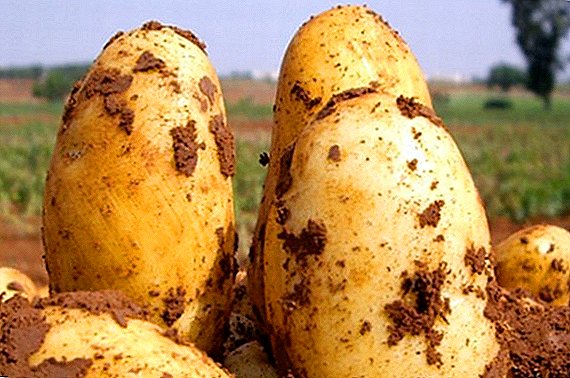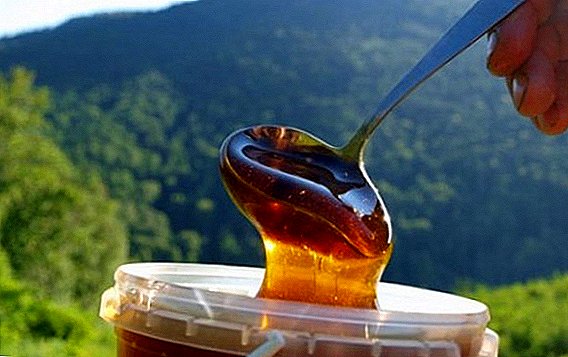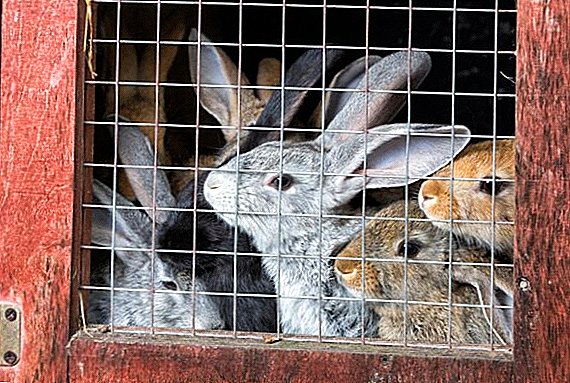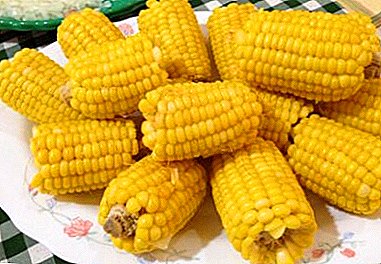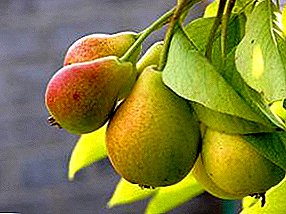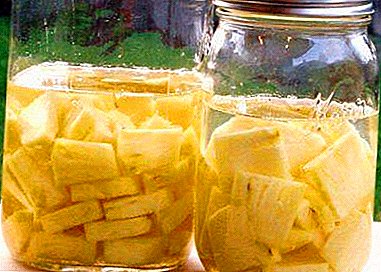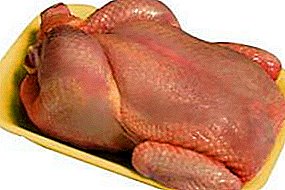
The preservation of the nutritional value of chicken meat depends largely on how well the carcass is processed.
Disruption of the process, haste and negligence lead to a reduction in shelf life, deterioration of the taste of meat. The remains of the blood - a favorable environment for the reproduction of pathogens.
Storing chicken carcasses also has its own characteristics. There are different ways of both short-term and long-term storage of treated poultry.
Preference is given to one or another method, based on the characteristics and needs of this economy.
Processing chicken carcasses after slaughter
There are several stages of processing birds after slaughter.
Compliance with the temperature regime, processing time, the order of operations is a guarantee of getting the carcass completely ready for storage.
Exsanguination
 After slaughter, the bird is immediately hung upside down. This operation allows you to completely bleed the chicken carcass.
After slaughter, the bird is immediately hung upside down. This operation allows you to completely bleed the chicken carcass.
The time allotted for this operation is from 1 to 2 minutes. The duration of chickens in suspense depends on:
- bird species;
- bird species;
- way of slaughter.
Pen department
 There are two ways to separate the pen: dry and wet. The second method is used more often. Hot water makes it easier to separate the pen.
There are two ways to separate the pen: dry and wet. The second method is used more often. Hot water makes it easier to separate the pen.
Water temperature for the treatment of young birds - from + 51С to + 53С. Dip in water for 1 - 2 minutes. Adult birds can be immersed in hot water with a temperature of + 55 ° C to + 60 ° C for 30 seconds.
First, remove the largest, toughest feathers from the tail and wings. Next, pluck the abdomen, legs, shoulder area and neck. Small feathers are removed after heat treatment is much easier than with the dry method.
Processing fluff and feather
 Feathers are sorted, sorted by size: in one container - large, in the other - down and small feathers.
Feathers are sorted, sorted by size: in one container - large, in the other - down and small feathers.
Feathers and down are valuable raw materials. It is used to fill mattresses, pillows (small feather), for sewing collars, caps (down feather).
Feathers are cleaned in the following way:
- washed in warm water with a solution of detergents;
- rinse well to remove any soap or powder;
- squeeze;
- dried for 48h. Recommended drying temperature: + 70С… + 80С. Final moisture percentage: 12%.
You can dry the feather at home with large gauze bags. Fill bags with feathers, hang from the ceiling in dry, well-ventilated areas.
During the drying process, shake the bag several times to prevent caking of the contents. To store the pen you need to find a room with good ventilation and low humidity.
Gutting the Bird
 Before gutting, clean the oral cavity from blood residue. The bird's throat is squeezed and, moving the fingers, push the clot. After discharge of the blood plug, the incision site is thoroughly cleaned from blood drops.
Before gutting, clean the oral cavity from blood residue. The bird's throat is squeezed and, moving the fingers, push the clot. After discharge of the blood plug, the incision site is thoroughly cleaned from blood drops.
Beak dry wipe. Make a paper swab, enter it into the oral cavity. Beak and legs wash well, wipe and begin to gut the chicken.
Remove the internal organs. Most of them are used in the future. Offal - heart, liver, stomach without a shell is tasty and healthy. They are eaten. The lungs, the esophagus, the spleen, the trachea, the ovaries and testes are boiled, ground and used for feeding birds.
After extraction of the viscera, the head is cut off along the second cervical vertebra, the legs are cut off to the heel joint, and the wings are cut to the elbow Processing is complete.
The bird is thoroughly washed in cold water, left at room temperature for 2 to 8 hours. During this time, the chicken carcass completely cools down and the meat ripens. It gets a pleasant smell, it becomes juicy and tender.
Chicken meat storage
Ways to store chicken are different. There are short-term and long-term storage.
Short term
3-5 days. Chicken carcass clean in the fridge. Temperature: from 0С to -4С. If you do not have a fridge, think about the old way to save the chicken. Saturate a clean cloth with vinegar and wrap the meat. The fabric should remain wet.
Long term
2-3 months or more. For long-term storage, the bird must be specially prepared. There are several ways of harvesting poultry for long-term storage.
 Every professional poultry farmer should know about feeding chickens at 2 months of age.
Every professional poultry farmer should know about feeding chickens at 2 months of age.You can read about the nutritional value of chicken feed here: //selo.guru/ptitsa/kury/kormlenie/korma.html.
Preparation methods
Frost
Within 12-18 hours, the carcasses are gradually cooled to a temperature of -2 ° C-4 ° C. After freezing is carried out at a temperature of -12C to -18C.
Ice Shell
 In the winter, villagers keep gutted hens in an ice crust. Nothing complicated:
In the winter, villagers keep gutted hens in an ice crust. Nothing complicated:
- chickens are brought to frost, dipped in water;
- freeze in the air;
- dipped again;
- freeze again;
- the process is repeated up to 4 times, until the chicken is completely covered with a crust;
- wrap the carcass in parchment. Store at a temperature of -5 to -8C.
A layer of ice protects the carcass from the penetration of microbes. The bird can be stored in the ice shell for up to 2-3 months. Pour carcasses with straw or sawdust.
Be sure to take out the box with the "ice chickens" in the cold. Thaw birds before cooking should be gradually. So the quality of meat will be preserved.
Pickling
 Gutted carcass can be salted in a strong brine. Per 1 kg birds will need 150 ml. solution.
Gutted carcass can be salted in a strong brine. Per 1 kg birds will need 150 ml. solution.
Step by step:
- 300 g of salt is well dissolved in a liter of water;
- using a syringe, pour saline solution through the bird’s mouth;
- they tie the neck well;
- hang the carcass by the legs;
- for 20 hours left at temperatures of + 22C ... + 23C;
- after the expiration of the brine is drained;
- stored in the cold.
Dry salting
With this method of salting meat can be stored for more than six months. Prepared chicken rubbed with salt, and put in a barrel. Each carcass is well sprinkled with salt.
Store in the cellar. After 2-3 weeks, take out the bird, add spices to the salt: black pepper, clove buds. Optionally, put a bay leaf. Repeat the process of laying chicken. The barrel is again cleaned in the cellar.
Smoking
 A popular way for long-term storage of chicken carcasses. Procedure:
A popular way for long-term storage of chicken carcasses. Procedure:
- chickens are salted dry by pre-cutting along the chest line;
- salt (1 kg) is mixed with sugar (20g) and ground black pepper (5-10g). This amount of salt is designed for 10 medium chickens. After 2 days on each carcass put cargo. Weight: 2-3 kg for every 10 kg of chicken;
- a small bird spawns up to 4 days, large - up to 6 days. Salt is washed off the carcass under cold water and dried at room temperature;
- if you want to eat meat after a short time, use hot smoke with a temperature of up to + 80C. Maintain this temperature for the first hour. In the next 2-3 hours, reduce the heat and bring the temperature to + 35C ... + 40C;
- for long-term storage of chicken carcasses smoked with cold smoke with a temperature of + 20 ° C is more suitable. The process is long - up to 3 days;
- Ready carcass should be well wiped off from soot and soot. Store smoked products at a temperature not higher than + 5C. The room should be dry.
Canning
 Simple, fast, tasty. Cooking process:
Simple, fast, tasty. Cooking process:- cut off all the fat, melt over low heat for 45 minutes - 1 hour;
- boil chicken until cooked, put in clean, aged over steam, clean jars;
- prepared meat is poured chicken fat. It covers the meat with a film. If there is not enough fat, add goose or duck melted fat;
- white paper moistened in alcohol or vodka, cover the banks and tightly tied with twine. Store homemade canned chicken in the cellar.
If you breed chickens to get nutritious and tasty meat, tune in from the very beginning that you will have to slaughter the poultry, process it and continue to process the carcasses. The right mental attitude is very important.
After slaughter, gut the bird, undress it, and think about the method of storage. It is reasonable to prepare a part of the meat for use in the near future, and prepare the remaining amount for long-term storage. Then you will be provided with valuable dietary meat for a long time.




